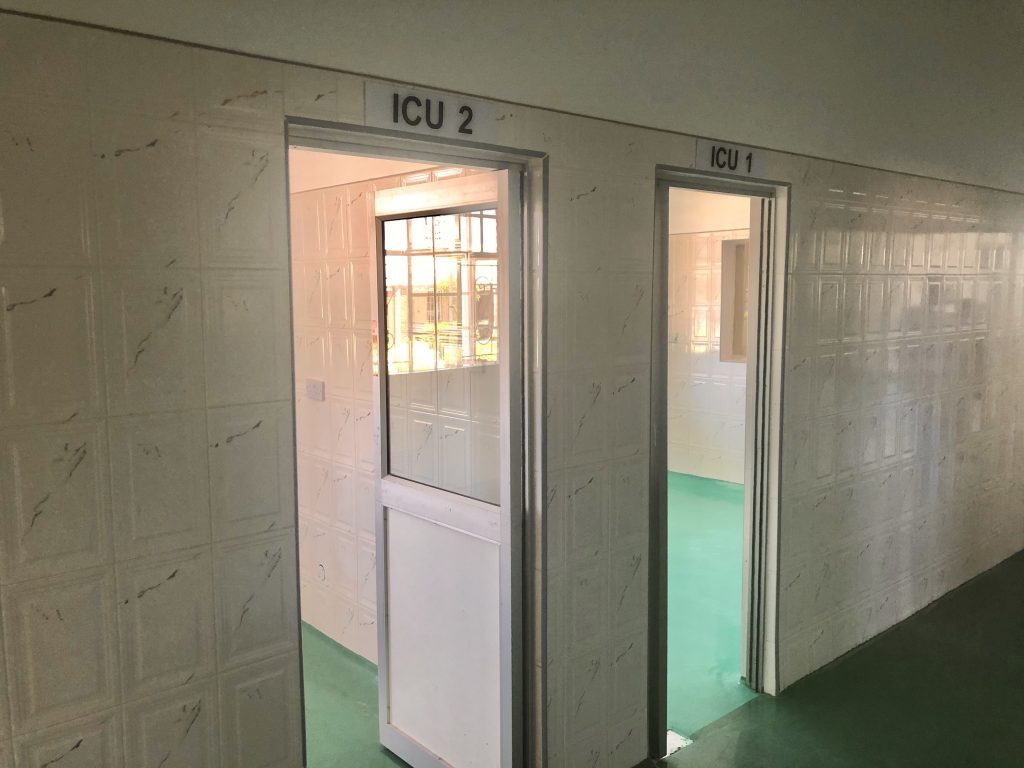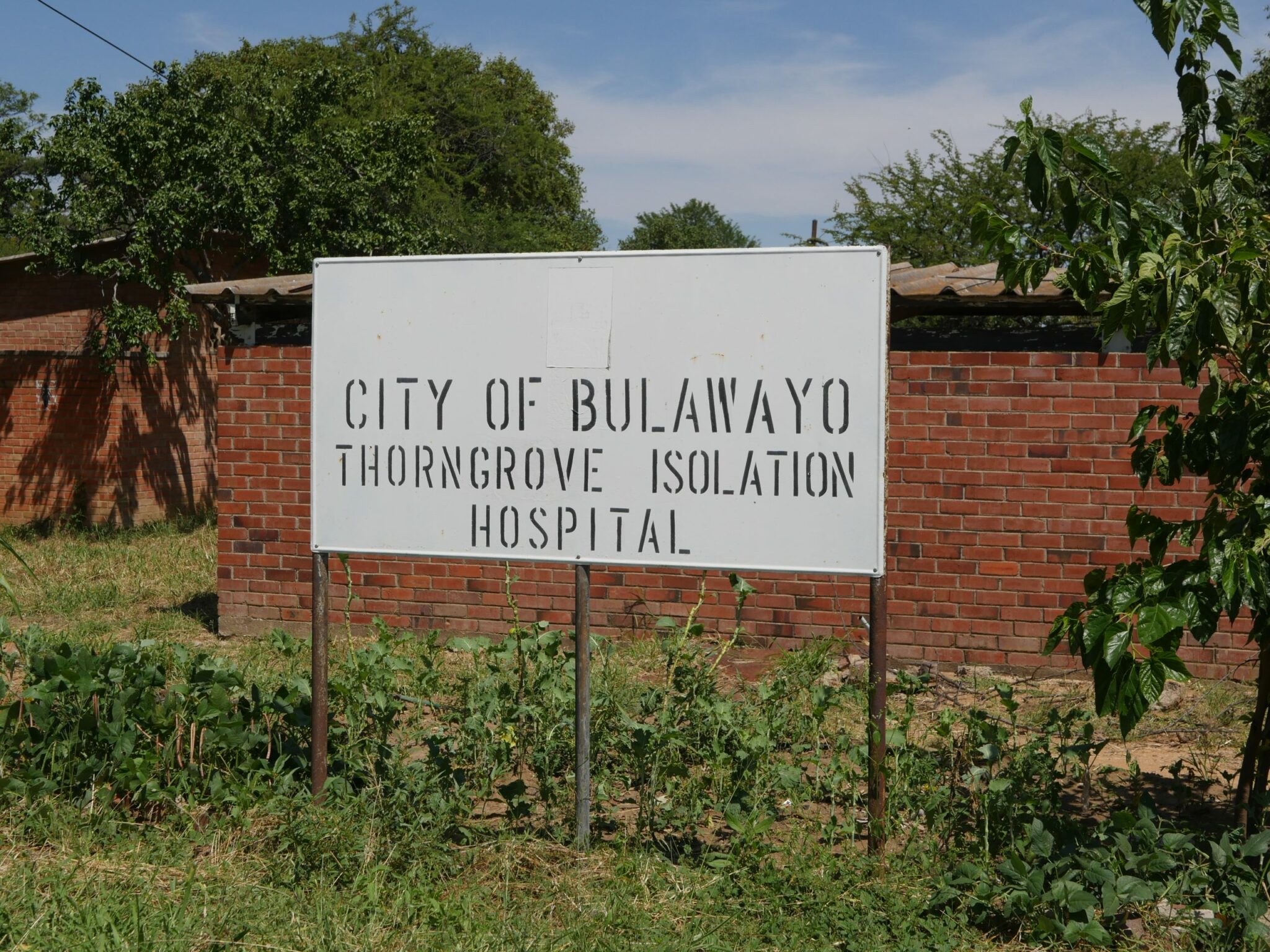Renovations at Thorngrove Infectious Diseases Hospital in Bulawayo are almost done but what is left is for health officials to decide whether to use oxygen cylinders or install a full tank at the institution.
According to officials from the city’s Health Services Department, installing an oxygen tank would be more expensive as they have to rent it from BOC Gases while using cylinders was a cheaper option although these need to be filled constantly.
The Covid-19 Isolation Ward at Thorngrove closed on April 22, 2020 for renovations and was expected to reopen after two weeks ready to admit patients, while treating those who were mild to moderate.
However, months have since passed as the hospital failed to meet its deadline due to funding constraints.
In an interview with CITE on the sidelines of a tour of the hospital, Friday, Dr Hillary Toga Sigauke confirmed what was left to complete the works was the installation of oxygen.
“We have to put the beds and oxygen but we are still organising whether to put tanks or gas cylinders. A tank will be expensive because we have to pay rent for it from BOC gases but with cylinders that you fill as when we need the oxygen,” Dr Sigauke said in the company of the Health Services’ Assistant Director – Environmental Health, Charles Malaba.
“So we are still debating which ones to use but since we have few numbers, I think for now we will do cylinders and when numbers go up we will use the tanks.”
Dr Sigauke said it was more expensive to have the tank housed at Thorngrove because even if there was no patient, rent would still have to be paid for it unlike cylinders.
“With cylinders you just pay for the oxygen when you use it as and when the patient is here,” he noted.
During the tour of the Isolation ward, Thorngrove’s Sister in Charge, Nomazulu Dlodlo, explained the structural changes effected were designed to minimise spread of Covid-19.
She said when patients come for admission, the hospital would already be expecting them.
“They patients will go straight to beds and will not pass through the reception area, especially with Covid-19 patients. Patients who suffer from other infections such as Cholera may pass through the reception for registration and other processes but Covid-19 patients will go straight to their beds to minimise spread,” Dlodlo said.

The sister in charge said Thorngrove had reserved two rooms for ICU with a four bed capacity.
“The rooms are reserved for critically ill patients prior to transfer to United Bulawayo Hospitals (UBH) or Mater Dei. In case the patient’s condition changes to critical, they will be placed in either of these two rooms. The ICU is four bedded with two beds in each room,” she said.
Dlodlo added the female ward would house six patients but could fit in more patients should the outbreak increase.
“But the outlets for oxygen are for six patients. The ablution, bathrooms have been done and when nurses come in they will use the nurses’ entrances and exit designed to limit spread and contact with others. The nurses will go out of the hospital using the designated exits, leading to a small room where they will remove their Personal Protective Equipment (PPE) then go out,” said the sister in charge.
Currently there were two patients at Thorngrove, who were placed for isolation due to lack of space at their homes.
“They were moved here just for isolation and not that they were sick, ideally we should be admitting sick patients who are mild and moderate then those who are severe go to UBH or Mater Dei,” Dlodlo said.

